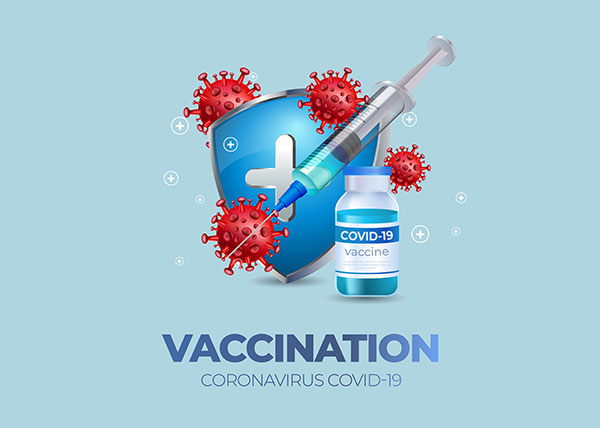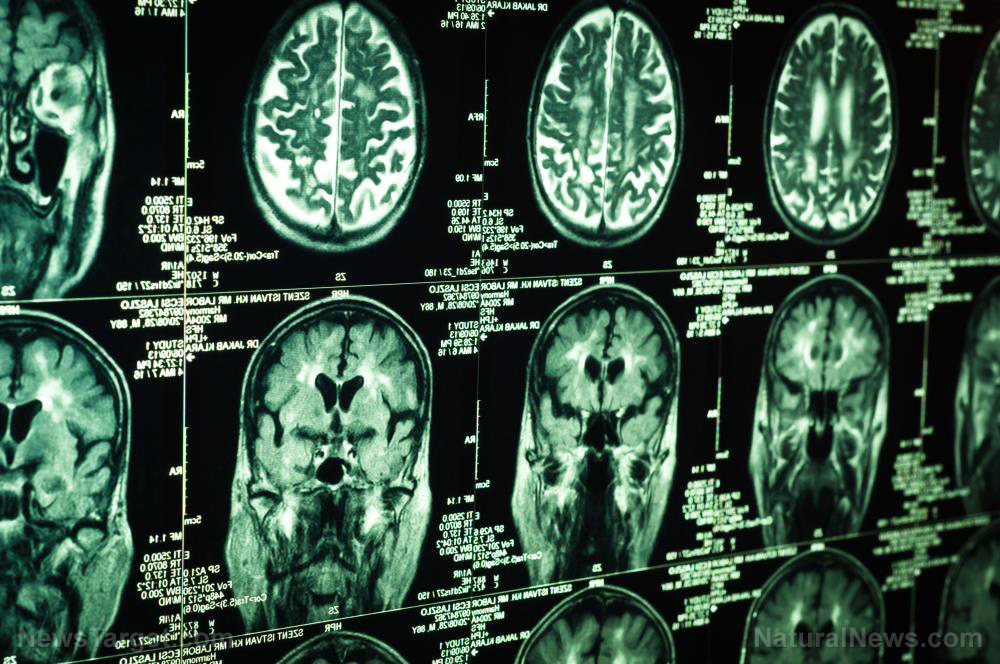5G wireless technology is a DISASTER waiting to happen

As 5G technology continues to be rolled out globally, concerns over its potential health and privacy impacts have reached a fever pitch. While some areas are actively embracing the latest generation of wireless communication, others are imposing moratoriums or outright bans.
Global Research has listed 13 reasons, exposing the dangers of 5G and shedding light on the potential risks that could turn into a colossal health and privacy catastrophe if not addressed promptly. (Related: 5G Danger: 4 Ways 5G wireless technology can seriously harm human health.)
5G hijacks your sweat ducts
Scientific findings indicate that 5G frequencies can influence our sweat ducts, essentially turning them into antennae. This revelation, as highlighted by scientist Dr. Ben-Ishai, raises concerns about the manipulation of our largest organ, the skin, through 5G interaction with sweat ducts.
5G amplifies EMF damage via VGCCs
Dr. Martin Pall’s research suggests that 5G can intensify electromagnetic field (EMF) damage by activating Voltage-gated calcium channels (VGCCs), potentially causing harm to fertility, brains, hearts and DNA.
Pulsed wave far more damaging than continuous wave radiation
The pulsed wave radiation emitted by 5G, unlike continuous-wave radiation, raises significant concerns. Dr. Pall’s research indicates that pulsed wave EMFs may be more active and harmful than their continuous wave counterparts.
5G promotes deep EMF penetration
Children, in particular, may be more vulnerable to 5G due to their smaller body size, which allows for deeper penetration of electromagnetic fields. Studies have linked mobile phone base stations to increased cataract formation in newborn calves, highlighting potential risks to human health.
5G is a weapons system disguised as a consumer convenience
Controversial claims by Mark Steele assert that 5G is a weapons system disguised as a consumer convenience. Steele argues that the dielectric lens found in 5G hardware is evidence of its weaponized nature.
LA firefighters develop ailments after being too close to towers
Reports of firefighters developing ailments after prolonged exposure to cell towers raise concerns about the health implications of 5G infrastructure. Similar cases suggest potential risks for other professions and the general public.
5G has same frequencies used by military for crowd dispersal
The millimeter-wave frequencies employed by 5G are the same frequencies used by the military for crowd dispersal, raising questions about the potential for harmful effects on human health.
5G is mutagenic (causing DNA damage) and carcinogenic (causing cancer)
Studies suggest that 5G may cause mitochondrial DNA damage, leading to mutagenesis and potential carcinogenesis. The long-term implications of 5G on genetic purity and its links to cancer warrant further investigation.
Phased array densification
The massive infrastructure creation required for 5G densification, with numerous transmitters and broadcasters planned in residential areas, raises concerns about the potential health effects of prolonged exposure.
Insects, birds and children are highly vulnerable to 5G
Insects, birds and children are considered highly vulnerable to 5G due to their body size. Claims that 5G may lead to the extinction of insects pose serious ecological concerns.
Space-based 5G
Plans to deploy 5G from space using thousands of satellites in low- and medium-Earth orbit raise questions about the unprecedented scope of the 5G grid. The integration of 5G into a broader command, control, surveillance and AI agenda is highlighted.
Re-radiation inside the body
Research suggests that 5G electromagnetic pulses may re-radiate inside the body, creating internal antennas and potentially causing unforeseen health effects.
Insurance companies refuse to underwrite wireless corporations
The refusal of insurance companies to underwrite wireless corporations against 5G-related claims raises eyebrows and underscores the lack of comprehensive safety testing.
The rollout of 5G is a significant technological leap, but the potential health and privacy risks associated with it cannot be ignored.
As concerns grow, there is a pressing need for comprehensive and independent research to assess the true impact of 5G on human health and the environment.
Activism, awareness and informed public discourse are crucial in addressing 5G dangers and ensuring a responsible and safe implementation of this technology.








